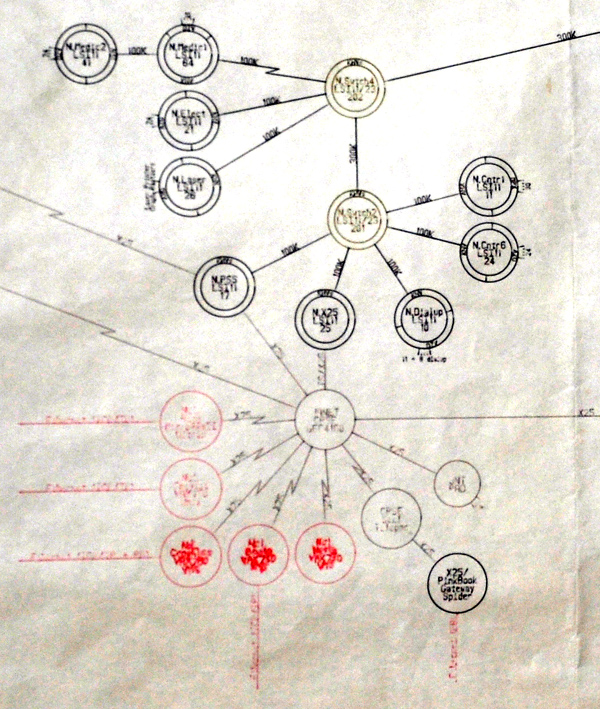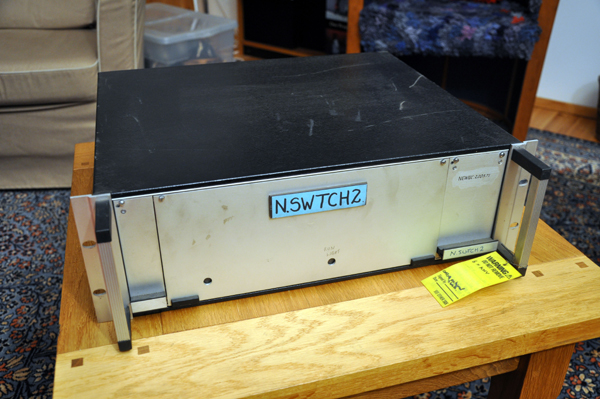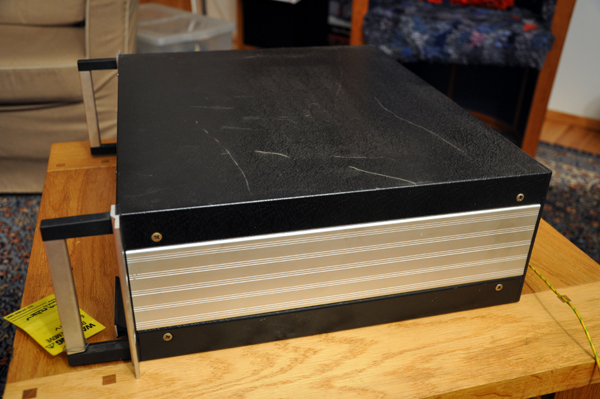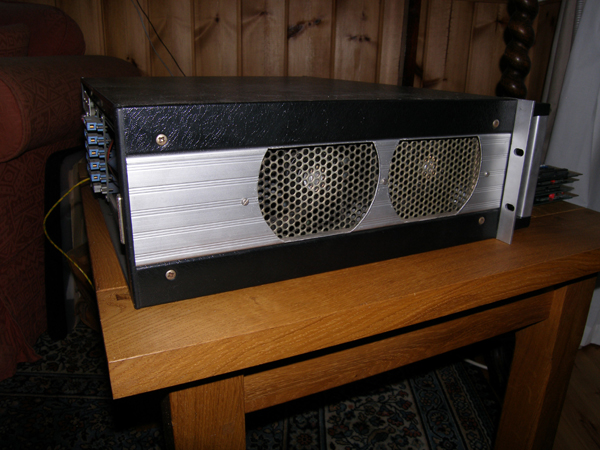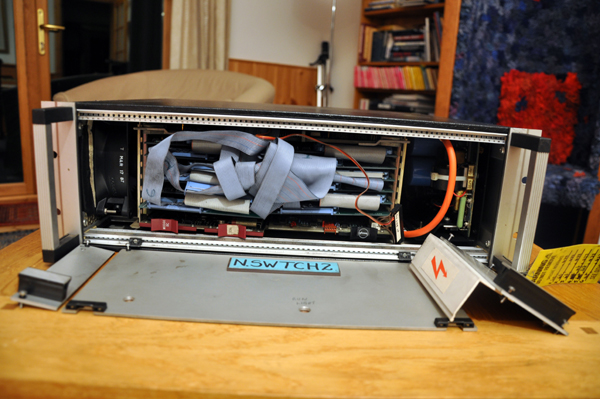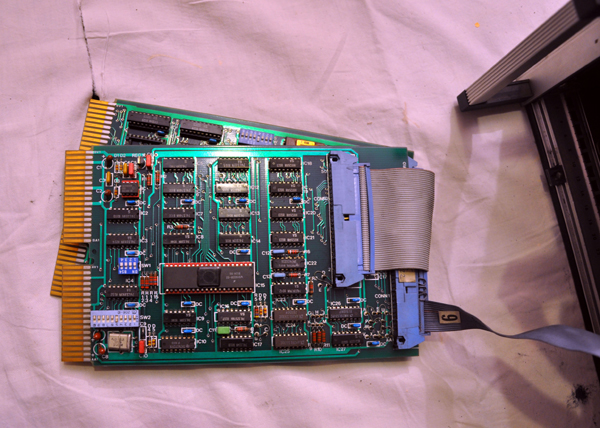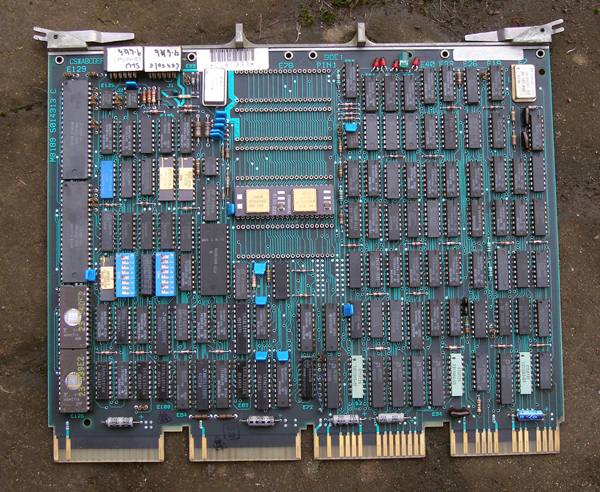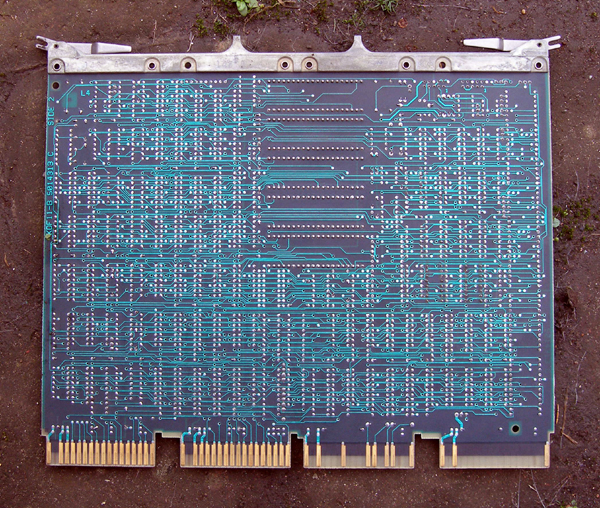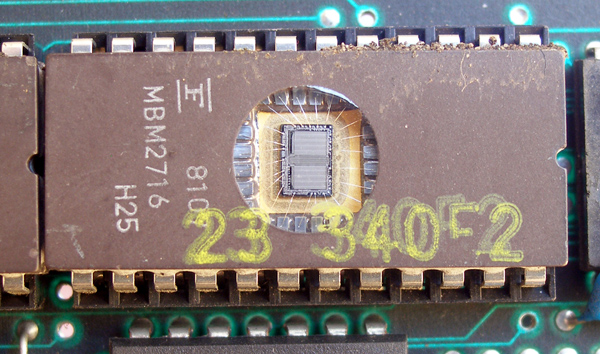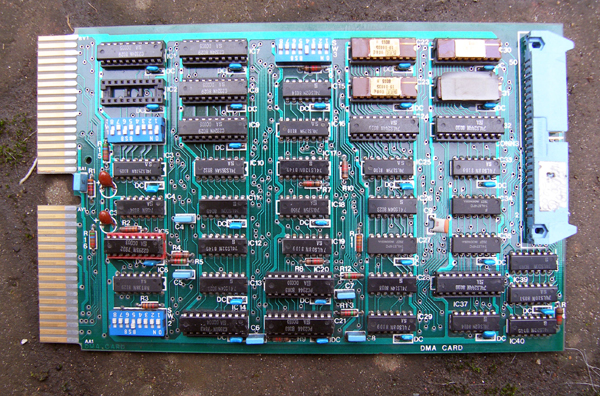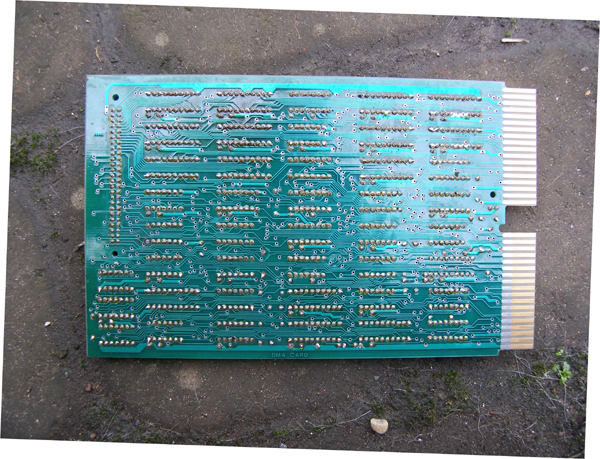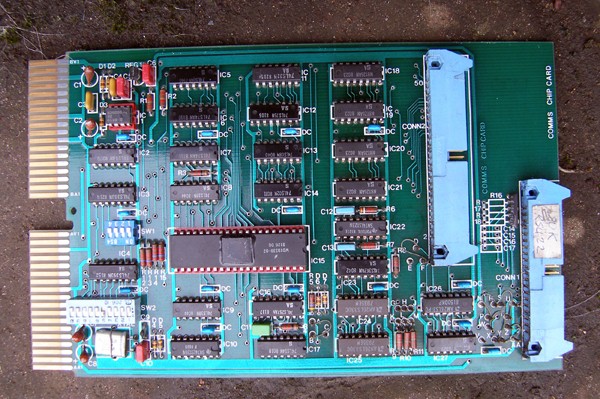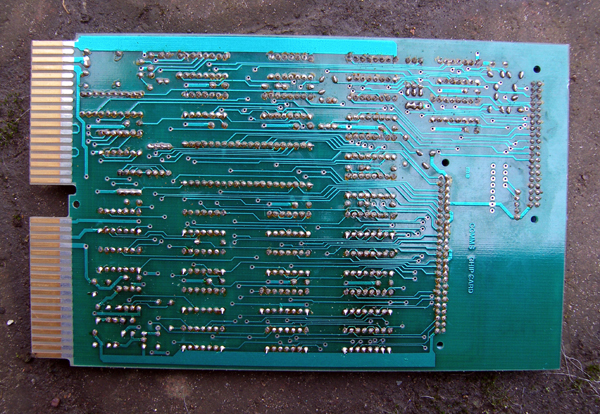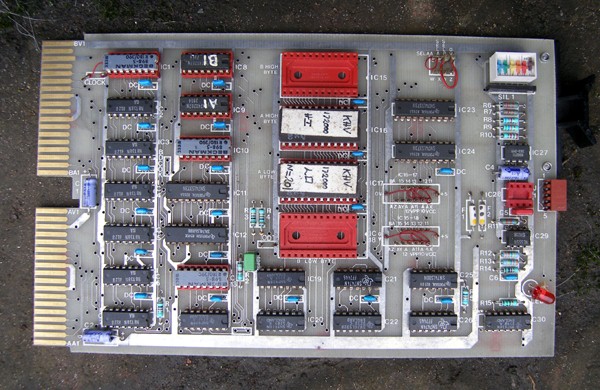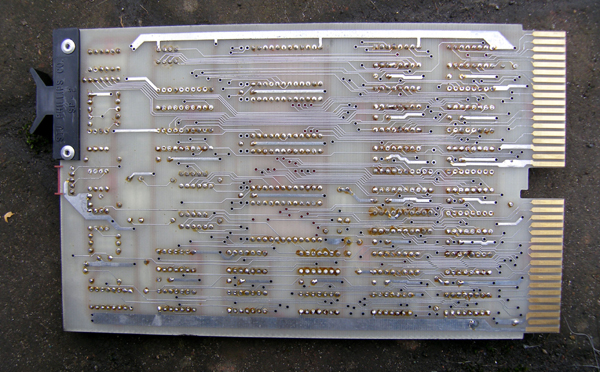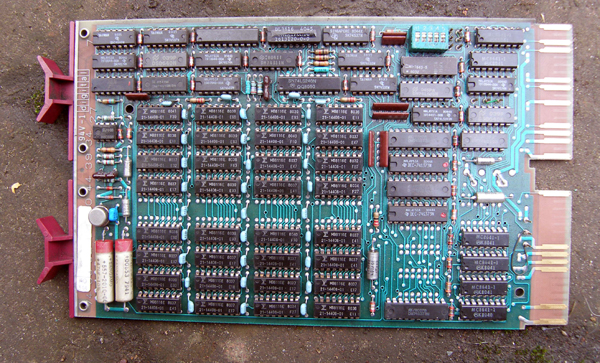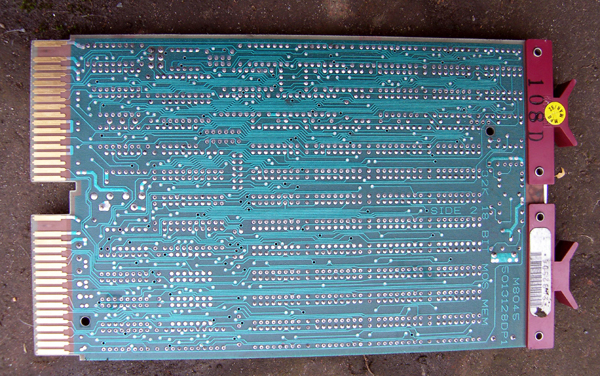N.SWTCH2 was part of an early computer network called NUNET (Northumbrian Universities NETwork). NUNET started in 1975 as a star network connecting terminals to mainframe computers. This is before the Internet which started in 1982 when the TCP/IP protocol was defined on the ARPANET, the precursor of the Internet which used packet switching. The advantage of software packet switching was that it could avoid broken network connections.
This is feedback from Dr Ian Doak for which I am very grateful:
Nunet was an early packet switched network that operated on various types of PDP-11 computer. The first PDP-11/20 computer bought by the Computing Service, was used to interface a paper tape reader/punch to an IBM mainframe (running the MTS operating system) via an IBM 2701 parallel data adapter. The previous mainframe system had been paper tape based, and data on paper tape needed to be transferred to the new IBM system. The PDP-11 interface hardware was designed by John Givens, and the communications software for both the PDP-11 and MTS was written by Ian Doak. The software for the PDP-11 was subsequently developed to support the Nunet network, and a Nunet connection to the national packet switching network, by Lyn Greenwood, Denis Russell, Jill Foster and John Aspden. A high speed channel interface designed by the University of Michigan provided a connection between Nunet and MTS. Keith Heron designed a high speed hardware interface to allow communication between Nunet PDP-11 components. Another channel interface, designed by the University of Leeds, provided a network link to the VM/CMS system which was run for a short period. With worldwide developments in hardware and network communications standards, it became possible for the University to make use of these, and a program of campus wide ethernet installation began in 1986, leading to the shutting down of Nunet in August 1992.
This shows N.SWTCH2 in part of a diagram of NUNET, it is at the centre connected to N.Swtch4 above. Going clockwise is N.Cntr1, N.Cntr6, both connecting terminals and N.Dialup which connected modems on telephone lines for dialup access to NUNET. The other two connections are protocol converters to connect to other networks. Click on the image for a complete view of the NUNET diagram.
Front view of N.SWTCH2. No keyboard, no monitor, no mouse. It lived in a 19" rack. We will pull it apart to look at its innards.
The right side is a blank, behind it is the power supply.
The left side is two big fans.
The rear has the power switch and six 40 pin plugs.
Removing the front panels reveals fans on left side. Power supply on right, and a jumble of ribbon cables connecting 15 circuit boards.
There are 6 pairs of boards, one pair for each connection on the rear, two other boards and a mother board.
This is one of the six pairs of boards. The wide ribbon cable connects the two boards whilst the narrow cable goes to one of the connections at the rear. The pair are an Input/Output device to transmit digital data over a twisted pair of wires.
This is the mother board. Near the centre is a 40 pin module with 2 gold caps, this is the 16bit micro processor. There is provision for four more modules such as: FLOATING POINT unit, DATA AND CONTROL UNIT, and MEMORY MANAGEMENT UNIT.
Bottom left are two 16Kbit erasable ROMs.
Rear of mother board.
A closeup of one of the EPROMs. (Erasable Programmable Read Only Memory.) When exposed to ultra violet light the memory can be erased and then reprogrammed. The chip with the 24 wires attached is 3mm x 4mm.
This is one of the six pairs of boards, it has printed on it DMA CARD. This is the part of the I/O device that connects to the memory of the computer.
The rear of the DMA CARD.
The other of the pair is the COMMS CHIP CARD. This card will convert an 8 bit byte to a serial stream for transmission, and convert an 8 bit received serial stream to an 8bit byte.
The rear of the COMMS CHIP CARD.
There were two other cards. This card had two chips labelled KHV 172000 HI in a socket labelled A HIGH BYTE and KHV 172000 LO N=201 in a socket labelled A LOW BYTE. I think KH in the KHV are the initials of an engineer Keith Heron. I think these are ROM chips containing code that made the LSI11 computer into a NUNET switch.
The rear of the KHV card.
The other card is this, on its rear it has 32K 18 BIT MOS MEM printed on the PCB. The 18bit is two 8 bits plus two parity bits. There are 32 MB8116E chips each storing 16384 bits.
The rear of the memory card.
